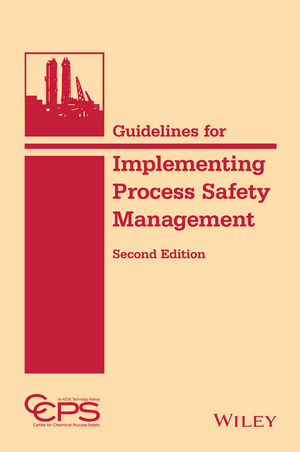 The record of U.S. health, safety and environmental regulation has been strikingly successful, and Congress should reduce barriers to commonsense regulations, consumer advocacy group Public Citizen said this week in congressional testimony.
The record of U.S. health, safety and environmental regulation has been strikingly successful, and Congress should reduce barriers to commonsense regulations, consumer advocacy group Public Citizen said this week in congressional testimony.
“In light of the strong record of regulatory successes in the country and the devastating consequences of poor oversight, it is surprising that U.S. health, safety and environmental protection agencies are some of the most heavily regulated entities in the country,” David Arkush, director of Public Citizen’s Congress Watch division, told the House Committee on Oversight and Government Reform. “Congress should get to work on reducing the unnecessary burdens placed on the agencies that protect our lives and our economy.”
The testimony included lists of benefits the group said came from public safeguards – including those from agencies currently under fire from Republican lawmakers who charge them for placing burdensome regulations on businesses struggling to stay afloat in a challenging economy.
The group pointed out that prior to the creation of the Occupational Safety and Health Administration in 1971, an average of 14,000 workers died annually from occupational injuries. In 2009, despite a doubling of the size of workforce, deaths on the job had been reduced to 4,340. The group said the Clean Air Act saved 164,000 lives in 2010 – a figure it predicted would rise to 237,000 lives annually by 2020.
The testimony characterized the U.S. as being "under-regulated," pointing out that a lack of regulation has been blamed by some for the Wall Street crash, the BP oil spill, Massey Energy’s Upper Big Branch disaster and a number of food and product recalls.
A Public Citizen report released Tuesday said regulations that require companies to upgrade or buy new equipment boost the economy by stimulating spending, sparking innovation and creating additional demand for goods and services, leading to more jobs.
A spokesman for the group told Congress that the benefits of major regulations outweigh the costs, citing a report from the Office of Management and Budget showing that regulations issued in the past decade cost from$44 billion to $62 billion dollars and yielded benefits ranging from $132 billion to $655 billion.
“There aren’t many places one finds a 700 percent return on investment, but U.S. health, safety and environmental regulation is one of them,” said Arkush. “We should reward these successes, not punish them. Congress should streamline onerous requirements on public-protection agencies and give them the resources they need to do their jobs.”







